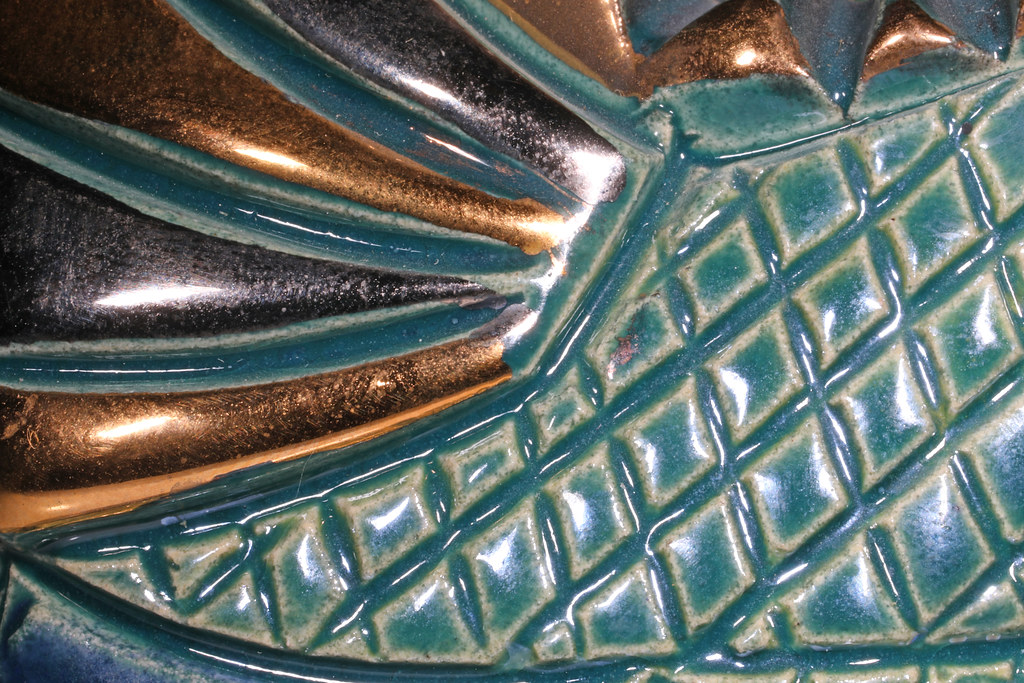The debate of porcelain vs clay often centers around their unique characteristics and the different roles they play in art and pottery. While clay serves as the essential medium for creating everyday ceramics due to its versatility and accessibility, porcelain stands out with its refined texture, translucency, and strength, often preferred for fine art and sophisticated designs. Exploring the attributes and applications of each material can help both artists and consumers appreciate the distinct beauty and functionality they offer.

| Aspect | Porcelain | Clay |
|---|---|---|
| Appearance | Smooth, often white or translucent | Varies in texture and color |
| Strength | High, durable and dense | Lesser strength, more porous |
| Usage | Fine art, sophisticated designs | Everyday ceramics, versatile uses |
Understanding the Materials: Porcelain vs. Clay
One of the first things you notice about porcelain is its elegance. Considered the aristocrat of ceramics, it is renowned for its silky smooth texture and often pristine white appearance, sometimes even boasting a delicate translucency when held up to light. This translucence, combined with its high density and strength, makes porcelain a favorite for fine art pieces and intricate designs (learn more about porcelain ceramics).

On the flip side, clay is the more earthy and versatile counterpart. It comes in numerous types, each varying in texture and color. This variability allows for an incredible range of expressions in craft and pottery, catering to both beginner hobbyists and seasoned artisans. While clay may not have the inherent strength of porcelain, its ease of workability and ability to hold a form make it ideal for everyday items and more rustic creations.
The Crafting Process

The journey from raw material to a finished piece is distinct for each substance. Porcelain requires precise handling and high temperatures, making it somewhat demanding but rewarding once the desired form is achieved. Its robust nature means it can withstand these temperatures and then some, leading to a durable final product, as noted in studies like this literature review on porcelain veneers.
Clay, however, is more forgiving. Its malleability is its charm, enabling creators to shape and reshape until perfection is reached. The process typically involves firing at lower temperatures compared to porcelain, but this also means the items can be more porous unless glazed effectively.
Applications and Preferences

Porcelain’s luxurious appeal makes it an optimal choice for fine china, decorative vases, and other art pieces that demand attention and admiration. In contrast, clay’s adaptability and warmth make it ideal for functional items like pots, plates, and tiles that form part of everyday life. Resources, such as the collection in Kent County, explore the utilization of porcelain in everyday objects, demonstrating its broad applications.
When deciding between the two, consider these aspects:
- If durability and a refined aesthetic are paramount, porcelain is usually the way to go.
- For projects where ease of use and versatility are more important, clay remains a preferred medium.
- Budget can also be a determining factor, as clay is generally more affordable.
Delve into the intricate history of porcelain, such as its role as a status symbol, through fascinating reads like “Porcelain for the Emperor” and other works available from Princeton University Press, that explore its significance and cultural impact.

For those interested in keeping up with the world of ceramics, our recent articles provide insights and updates into this fascinating field, offering more depth into both porcelain and clay.
How do you choose between the refined grace of porcelain and the versatile charm of clay in your projects? Share your thoughts and any personal experiences in the comments below!
Porcelain VS Stoneware – WHICH IS BEST??
The debate of porcelain vs clay often centers around their unique characteristics and the different roles they play in art and pottery. While clay serves as the essential medium for creating everyday ceramics due to its versatility and accessibility, exploring videos like “Porcelain VS Stoneware – WHICH IS BEST??” by Little Street Pottery can provide deeper insights into how different ceramic materials compare in quality and application.
Is porcelain better than clay?
For everyday dishes or pieces needing a tough, functional material, earthenware clay often does the job well. However, if you’re aiming for an elegant, translucent look and a smooth, polished finish, porcelain’s higher firing temperature and unique composition make it stand out.
Mar 14, 2024
How to tell if clay is porcelain?
A classic way to identify porcelain is by holding the piece up to a light source—if you can see light shining through, there’s a strong chance it’s porcelain. However, not all porcelain is translucent, and thicker walls or certain glazes can prevent light from passing through.
Is porcelain made out of clay?
Yes, porcelain typically starts with a clay foundation—often kaolinite as the primary ingredient. Other possible components include feldspar, ball clay, glass, bone ash, steatite, quartz, petuntse, or even alabaster. In ceramic terms, “long” or “short” clay refers to how pliable it is when shaping.
What is the difference between porcelain and terracotta?
Terracotta naturally absorbs water due to its porous structure, making it great for rustic planters or decorative items. Porcelain, on the other hand, is often non-porous and highly water-resistant, which can make it more durable and easier to maintain for certain uses.
The debate between porcelain and clay ultimately comes down to the specific needs and preferences of each artist or ceramic enthusiast. Porcelain offers a refined elegance and translucency that is unmatched, making it perfect for delicate and intricate designs. On the other hand, clay provides a tactile versatility that is ideal for both functional and sculptural pieces. Understanding the strengths of each material allows you to choose the one that best fits your creative vision and practical requirements.
Stay Connected
I’d love to keep sharing more insights and projects with you! Follow us on Instagram to stay updated on the latest in ceramic art and connect with a community of fellow enthusiasts. Let’s continue this creative journey together!
